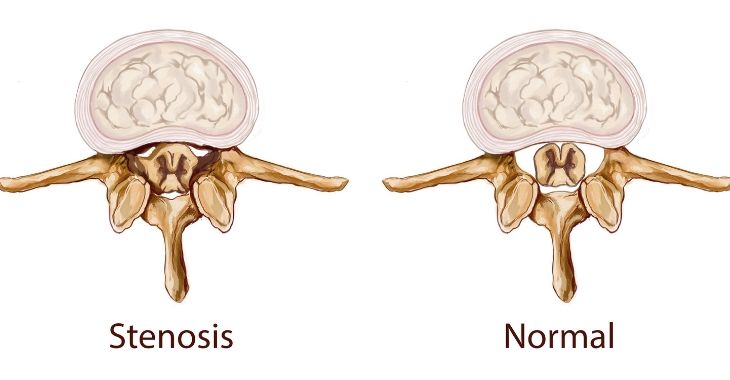Can You Walk on a Broken Ankle? Understanding Broken Ankles, Fractures and Sprains

The ankle, a complex joint connecting the foot to the leg, is susceptible to a range of injuries, including fractures and sprains. One common question that arises when dealing with ankle injuries is, can you walk on a broken ankle?
In this article, we will explore the differences between broken ankles, fractures and sprains and address the question: Can you still walk on a broken ankle?
Understanding Broken Ankles, Fractures and Sprains
Before discussing whether you can walk on a broken ankle, it is essential to understand the distinctions between various ankle injuries.
Broken Ankles
A broken ankle, also known as an ankle fracture, occurs when one or more of the bones in the ankle joint break or crack. Ankle fractures can involve the tibia, fibula or talus (bone of the foot). These injuries can range from minor cracks to severe breaks that disrupt the ankle’s stability and function.
Fractured Ankles
The terms “broken ankle” and “fractured ankle” are often used interchangeably to describe the same condition—an injury to the bones of the ankle joint. Fractures can result from traumatic incidents like falls, sports injuries, or motor vehicle accidents, as well as repetitive stress or overuse.
Sprained Ankles
A sprained ankle occurs when the ligaments surrounding the ankle joint stretch or tear, usually due to twisting, rolling, or turning the ankle beyond its normal range of motion. While sprains primarily affect the ligaments, they can also involve small fractures or chips in the bones of the ankle joint.
Can You Walk on a Fractured Ankle?
The ability to walk on a broken ankle depends on various factors, including the severity and location of the fracture, as well as individual pain tolerance and mobility. Here is what to consider:
- Severity of the Fracture: Minor fractures, such as hairline cracks or avulsion fractures, may allow for limited walking with minimal discomfort. More severe fractures, such as displaced or comminuted fractures, may require immobilization and non-weight-bearing activities to promote proper healing.
- Location of the Fracture: The location of the fracture within the ankle joint can also impact weight-bearing ability. Fractures involving the weight-bearing surfaces of the tibia, fibula or talus may cause significant pain and instability, making walking difficult or impossible without proper treatment.
- Individual Factors: Individual factors such as pain tolerance, swelling and muscle strength play a role in determining whether walking on a broken ankle is feasible. Some individuals may be able to bear weight on a broken ankle with the assistance of crutches or a walking boot, while others may require complete non-weight bearing to avoid further injury.
Broken Ankle vs. Sprained Ankle: Key Differences
Differentiating between a broken ankle and a sprained ankle is crucial for appropriate diagnosis and treatment. Here are some key differences to consider:
Pain and Swelling
Both broken ankles and sprained ankles can cause pain and swelling, but the severity and location may vary. In general, broken ankles tend to cause more intense and localized pain, particularly at the site of the fracture, whereas sprained ankles may result in diffuse pain and swelling around the joint.
Bruising
Bruising, or discoloration of the skin due to bleeding beneath the surface, is more commonly associated with broken ankles than sprained ankles. Significant bruising around the ankle joint may indicate a fracture rather than a sprain.
Instability and Mobility
Broken ankles often result in significant instability and difficulty bearing weight, especially if the fracture involves the weight-bearing surfaces of the ankle joint. In contrast, sprained ankles may allow for limited weight-bearing and mobility, depending on the severity of the sprain and individual pain tolerance.
Treatment and Management
If you suspect you have a broken ankle or sprained ankle, seeking prompt medical attention is essential for accurate diagnosis and appropriate treatment. Treatment options may include:
- Immobilization: For severe fractures or sprains, immobilization with a splint, cast or walking boot may be necessary to protect the injured ankle and promote healing.
- Rest and Ice: Resting the affected ankle and applying ice packs can help reduce pain, swelling, and inflammation following an injury.
- Elevation: Elevating the injured ankle above the level of the heart can aid in reducing swelling and promoting fluid drainage from the affected area.
- Physical Therapy: Once the acute phase of healing has passed, physical therapy exercises may be prescribed to restore strength, flexibility, and range of motion in the ankle joint.
- Surgical Intervention: In cases of severe ankle fractures or instability, surgical intervention may be required to realign the bones and stabilize the ankle joint.
While it is possible to walk on a broken ankle in some cases, it is essential to seek medical evaluation and treatment to ensure proper healing and prevent further complications. Whether you are dealing with a broken ankle, fractured ankle or sprained ankle, you should seek medical attention.

A qualified physician can provide expert guidance and personalized care to help you recover and regain mobility. Do not hesitate to reach out to your doctor or an urgent care center if you are experiencing ankle pain or discomfort to get the treatment that you need for recovery.
The information provided on this website, including text, graphics, images, and other materials, is intended solely for informational purposes and should not be used as a substitute for professional medical advice, diagnosis, or treatment.




)